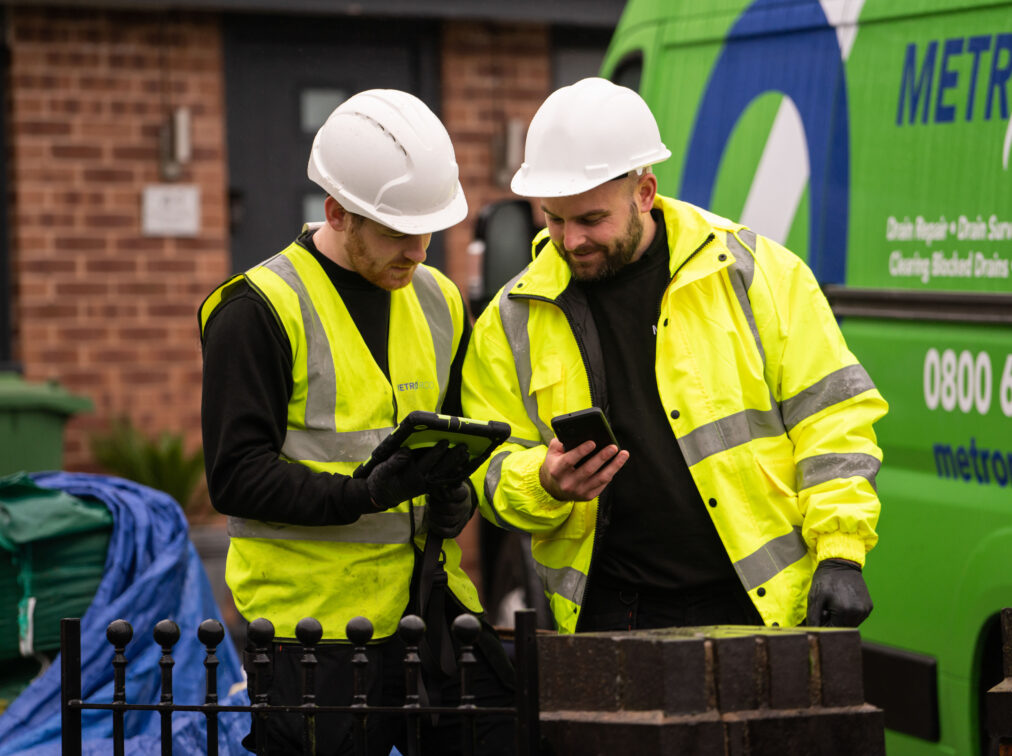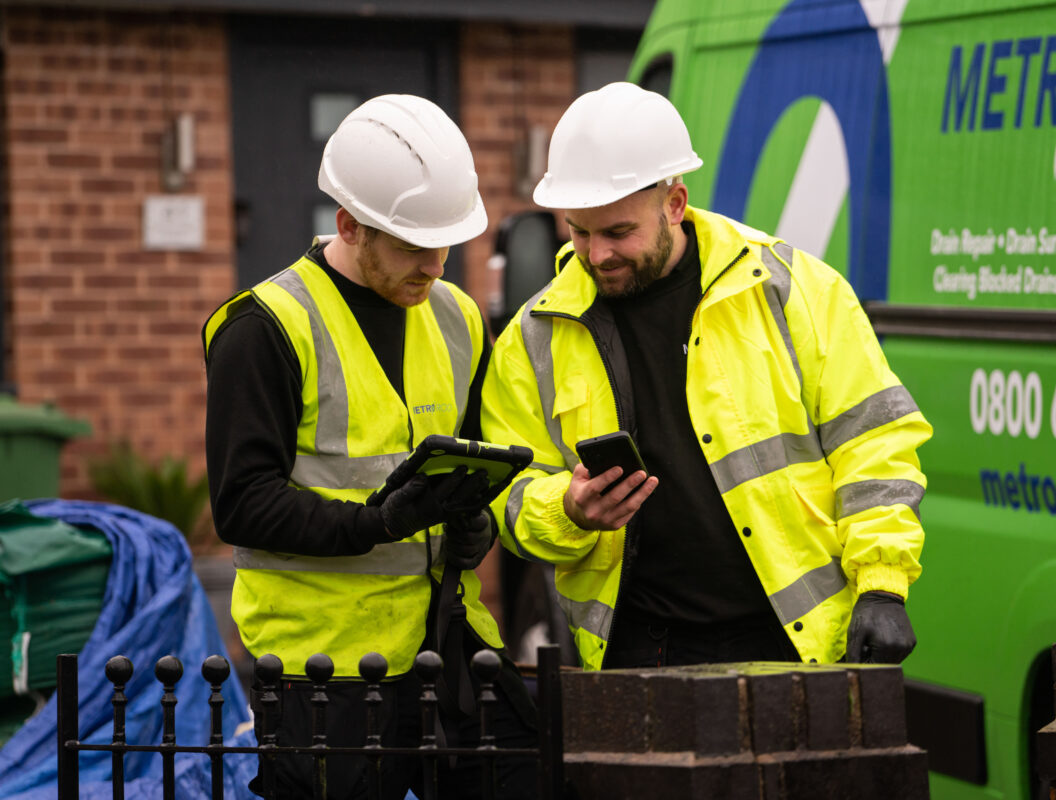Can Drainage Help Reach Your Sustainability Goals?
As the global community grapples with the climate crisis, the imperative of improving sustainability in manufacturing has never been more important. Reducing carbon emissions through the use of renewable energy sources and enhancing energy efficiency are well-known strategies, but manufacturers have an additional opportunity to incorporate sustainable drainage solutions into their operations. Drainage can help manage water resources more efficiently and prevent pollution. In this article, we will explore the various ways manufacturers can use drainage to help achieve their goals.
Sustainable Drainage Systems (SuDS)
Sustainable Drainage Systems, commonly referred to as SuDS, are a set of drainage practices that aim to mimic natural processes, reducing the risk of flooding and enhancing water quality. Manufacturers can incorporate SuDS in their facilities to reduce water usage and improve water quality. SuDS typically include permeable pavements, green roofs, swales, and soakaways. These systems reduce the need for energy-intensive drainage systems while providing multiple environmental benefits.
Rainwater Harvesting
Manufacturers can install rainwater harvesting systems to capture and store rainwater for various on-site purposes, such as cooling systems, irrigation, and toilet flushing. This reduces the demand for municipal water supplies and energy-intensive water treatment processes, as well as reducing your water bills.
Grease Traps
Grease traps can be used to manage the wastewater from food and drink production, stopping grease and fats from entering water courses. With more advanced equipment such as a grease recovery unit, businesses can also separate the oil and grease to collect it for recycled use.
Interceptors and Car Park Gullies

Car park gullies help prevent flooding but their maintenance is often missed and only looked at when surface water flooding occurs. Likewise, interceptors are a defence in car parks to stop contaminants from entering surface water drains. When properly maintained and regularly emptied every six months, or more depending on your site’s requirements, both of these drainage assets can help improve your sustainability.
Pump Stations
Sewage Pump Stations are responsible for moving the effluent around your site and pushing it into the main sewer line. They are essential in ensuring the waste reaches the correct outlet. However, if not maintained, wear and tear can cause failures and costly repairs. A failed pump could also lead to overflowing waste and cross-contamination. A service every six months can help your site prevent a pump failure.
Pre-planned Maintenance
Pre-planned maintenance is another tool that should feature in your portfolio when looking to improve sustainability. A regular, planned maintenance check allows you to control when contractors are on site, prevent downtime and more importantly keep on top of the drainage system to prevent damage, blockages and comply with EA guidelines.
At Metro Rod, we can advise you on updating your drainage systems and implementing a pre-planned maintenance plan that is bespoke to your business. With over 500 engineers operating out of more than 50 local depots, we’re never far away and have the expertise to provide you with reliable, trusted drainage solutions. Within all our work, we provide you with access to the latest technology and reporting tools, so the visibility of what happens below ground in your drainage system has never been more transparent. From identifying the cause of a drainage problem or regular call-outs to live updates on our customer portal, you’ll be kept up to date at all times, and when looking a routine maintenance, we’ll recommend a plan based on the facts and requirements of your business.
Contact your local Metro Rod to discuss how drainage solutions can help you achieve your sustainability goals.

Talk to your local Metro Rod specialist
We are always happy to arrange a free site assessment and no obligation quotations for any work you might need. Alternatively, you can call our emergency hotline number on 0800 66 88 00
Get in touch Drainage Services